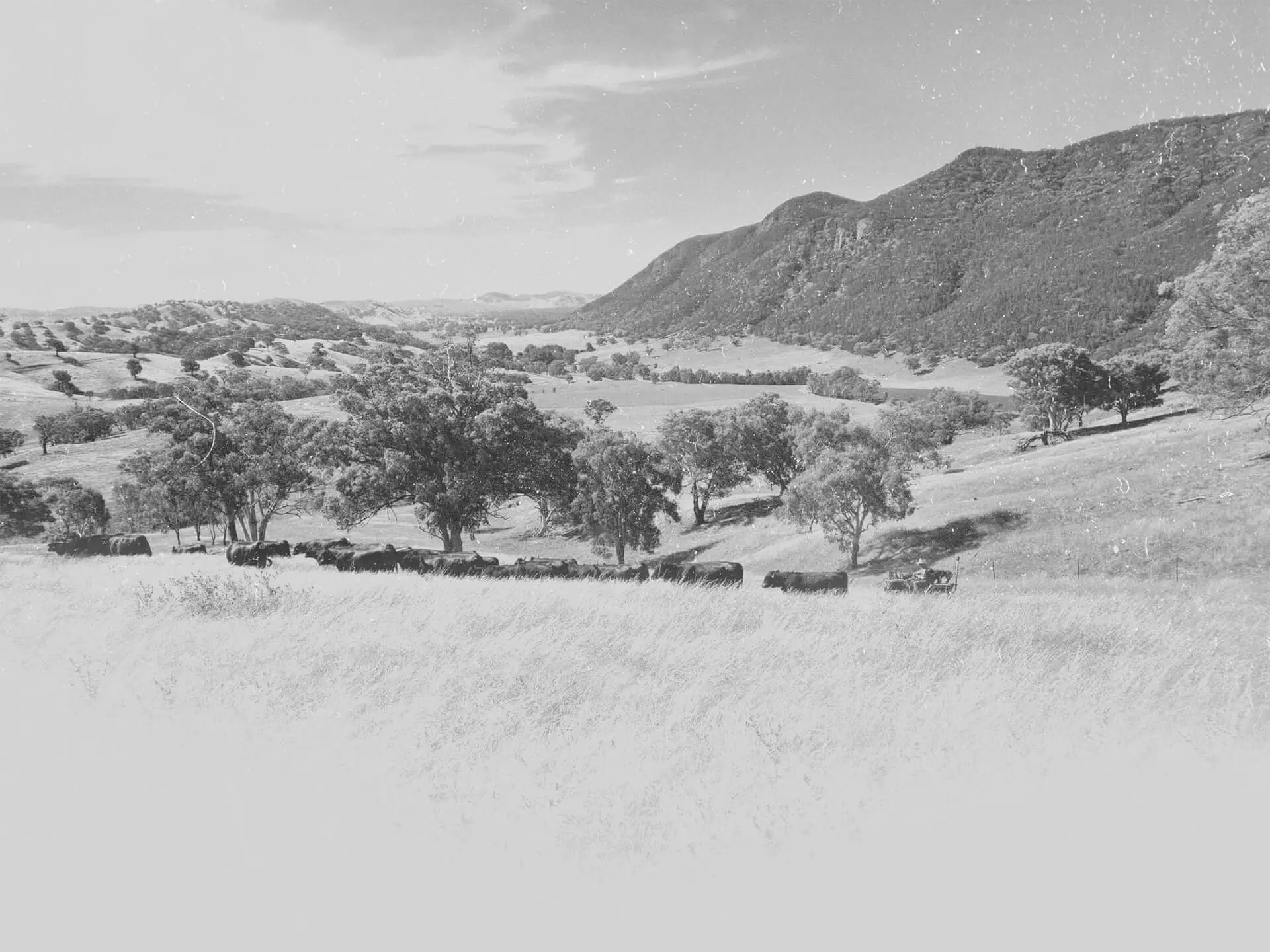Global stud stock advisor has strong links with Reiland
Thursday 1st March 2018

Autumn Bull Sale - Wednesday 16th April
Thursday 1st March 2018
Over the decades, New Zealand Angus genetics have had a strong influence on the cow herd at Reiland Angus.
Facilitating that charge has been stud stock advisor Kevin Ryan, of Masterton, in the North Island of New Zealand.
The Lucas family’s association with Kevin began during the late 1980s while visiting New Zealand to source outcross genetics.
“At that point, we were assessing New Zealand bulls as they had improved scale, growth and presentation,’’ Mark Lucas said.
“As an overview, we attended the Gisborne Combined Angus Breeders sale, then bought bulls from Kaharau and Stern Angus on the South Island.
“Kevin selected a bull called Ryan of Matauri, exported live to Australia in a partnership between Reiland and Bereena studs.
“The bull improved phenotype within the Reiland herd by producing animals with deep bodies, even temperament and constitution/doing ability.
“There were several other South West Slopes producers in that group, including Sonny Roots, Warren Faulder, Bruce Graham, who bought about 15 bulls from Kaharau and Stern studs.
“Bruce Graham, Crawford Angus, went back to New Zealand and bought Waitapu Magnitude from Bruce Clayton’s dispersal for $35,000.’’
Mr Ryan introduced Mark Lucas to Colin Williams, principal of the famous Kaharau stud, with Reiland investing in the outstanding female, Kaharau G3885.
“She is a cow which has imprinted, even today, in terms of production and longevity in the Reiland herd,’’ Mr Lucas said.
Another New Zealand matron selected by Kevin Ryan was Premier 553 of Rakaiatai.
“Kevin has decades of experience and observation with stock – it is important to take time out to observe animal behavior and characteristics, rather than primarily breeding cattle off a computer,’’ Mark said.
“As much as we all want a short generation interval and the cry now is keep the cow herd young, but it is not necessarily every year you can achieve that, depending on seasonal conditions.
“There are certain cattle which will do better in tougher, intermediate or lush conditions.
“That’s where we have to be smart enough as cattle producers to identify the right animals to suit the individual property and management – that will be the smart compromise in the future.’’
Mr Ryan and Patrick Lane, Whangara Angus, Gisborne, inspected bulls through Victoria and New South Wales before settling on a semen interest in Reiland Hilary H874.
The Te Mania Berkley B1 son is ranked in the top one per cent of Group BREEDPLAN for all indexes, and boasts a heavy grainfed index of +203 kg, almost twice the breed average.
Mr Ryan and Mr Lane had scoured the world for leading Angus sires before selecting Hilary H874 to multiply soundness, type and performance.
Kevin first came to Australia in 1960 to work as a jackaroo for the famed Sir Walter Merriman at Merryville Merino stud, Boorowa.
This was followed by a stint in Great Britain working with Angus, Scottish Highland, Welsh Black and sheep meat breeds in Scotland, England and Ireland.
Kevin travelled through Europe in the early 1960s, transporting stud rams from the UK to Russia, Scandinavia, France and Italy as well as Africa.
He also worked with the Limousin, Piedmontese, Chianina, Maine Anjou and Pinzgauer breeds.
“The cattle in the UK were quite small then – they were called belt buckle cattle in the US.’’
Kevin accompanied live shipments of cattle by plane and boat to the US in 1965 and observed the trend towards larger framed cattle.
He said the trend had gone full circle following on from large framed cattle bred in the 1920s and 30s in Argentina.
There was also a shift to larger framed cattle in New Zealand with the importation of impact sire Mulben Embassy from Scotland in 1938.
Yearling bulls were popular in the 1960s while milk fed two-year-old bulls on the show circuit were accompanied by “nurse’’ cows.
Kevin recalls walking beef bulls at midnight to the dairy sheds during large US shows in the 1960s to stop their milk fed condition slipping.
While preparing cattle for the Perth sales in Scotland, milk played a role in deliberately laying fat on mature bulls.
Such obscure tricks as pumping air under the skin to create a smooth surface was rife among cattle fitters back then.
Kevin was on hand in 1966 when the world’s most expensive bulls, Ankonian President, sold for US$203,000 (one-half share) and Ankonian Jingo 2nd equalled the price for a third share.
He said line breeding was a common practice among breeders then – where a sire is put back over his daughters – without paying attention to the genetic consequences.